Don’t tell yourself no. There are many dozens of wisdom nuggets in The Astronaut’s Guide to Leaving the Planet, but that one is a favorite of ours. Being an astronaut is a job that’s easily identifiable to an elementary-aged student. An analyst or working in public relations are amorphous jobs that are challenging to quantifiably explain what you do in a way that those age’s will understand. But an astronaut that’s a job that everyone knows, even if they don’t know how to become one. For a book centered on leaving the planet, The Astronaut’s Guide to Leaving the Planet has street-cred galore.
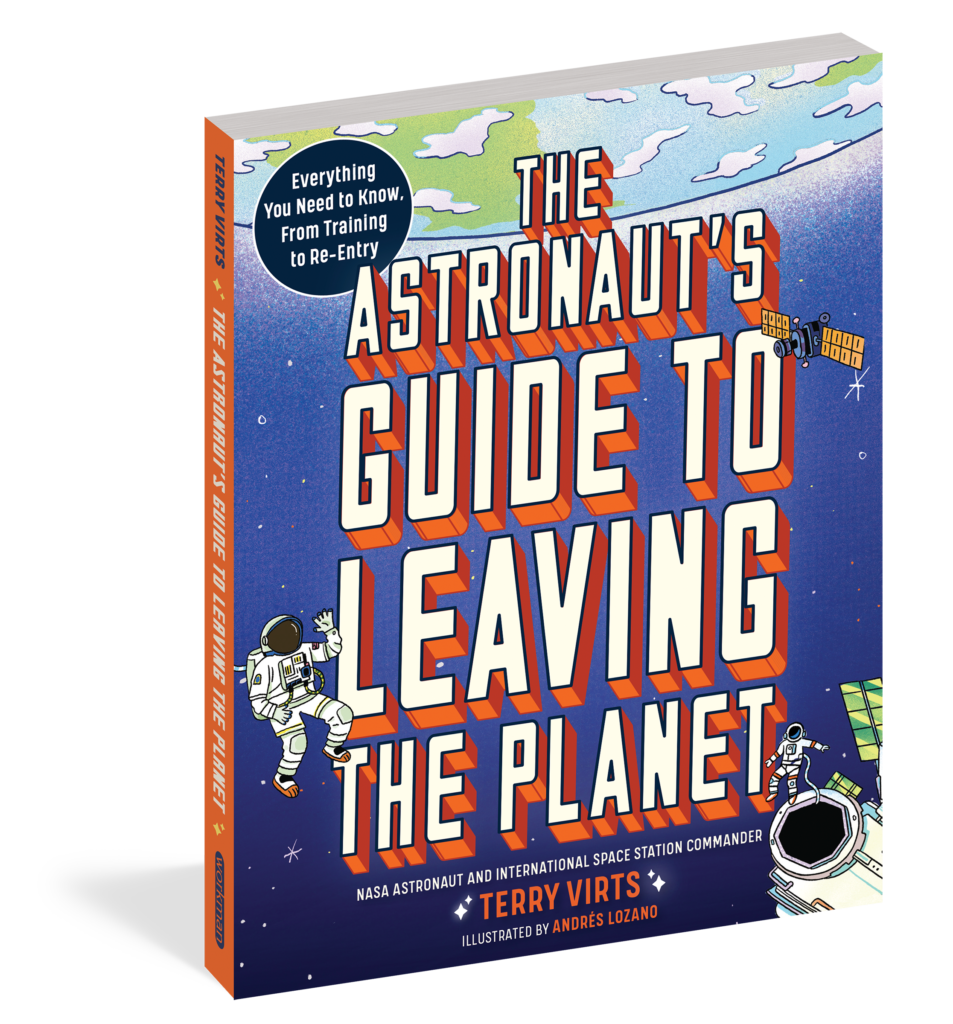

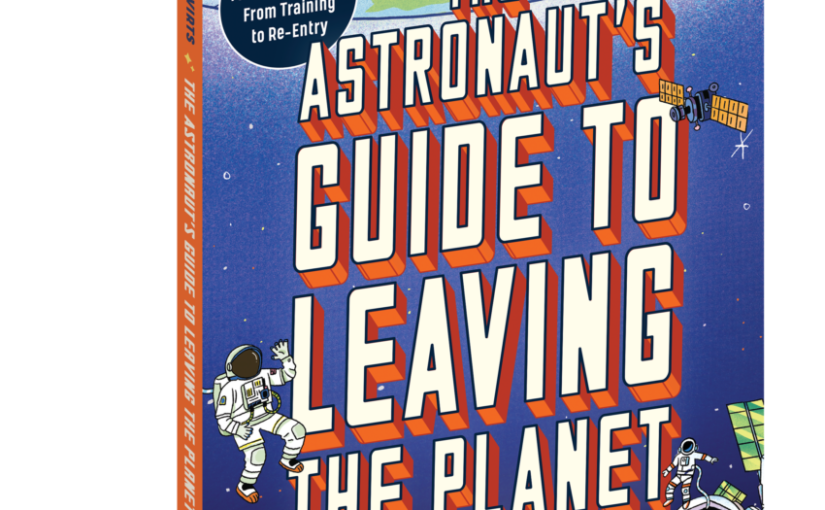
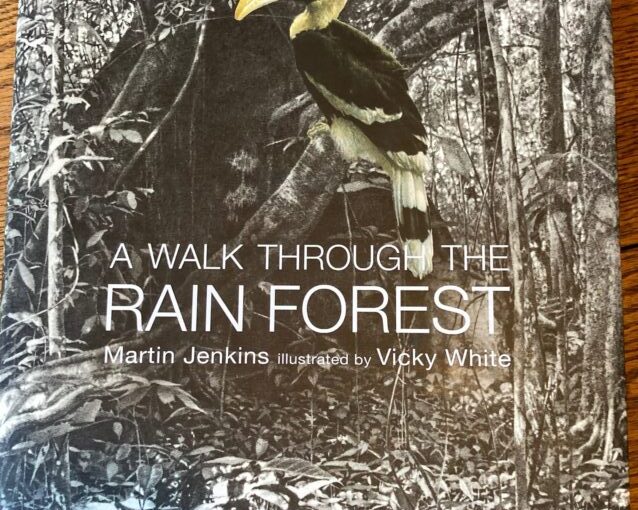
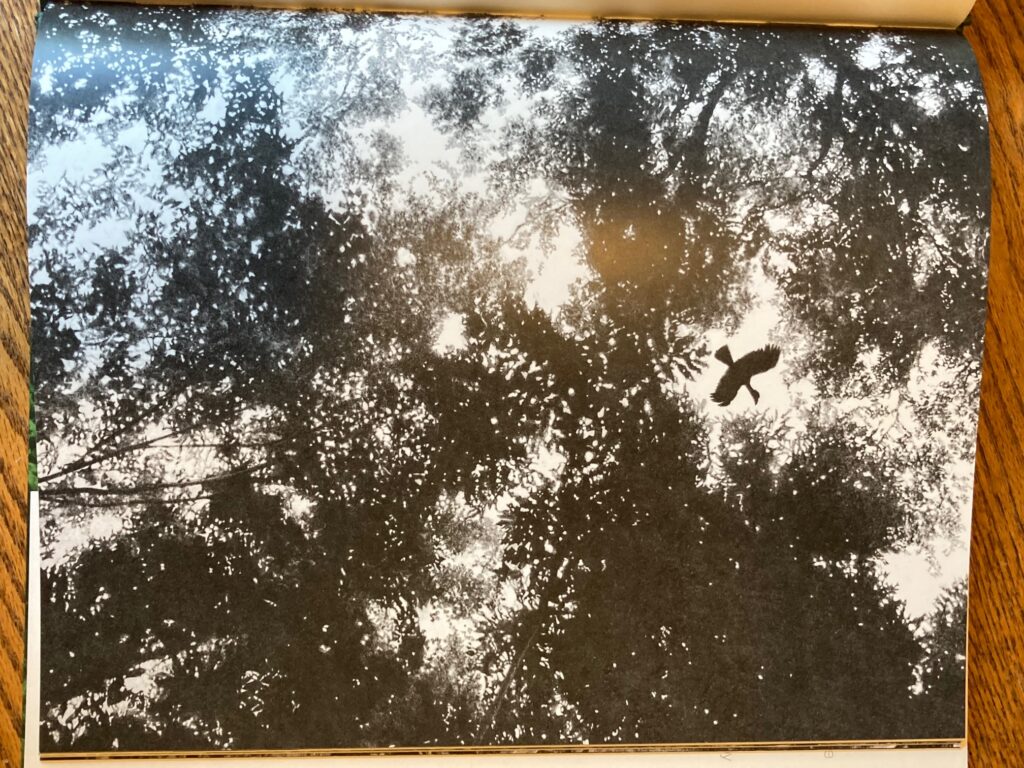
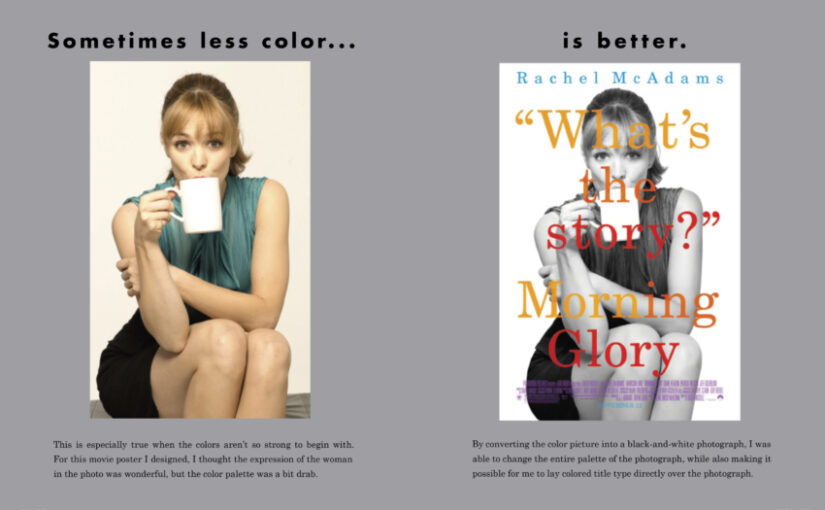
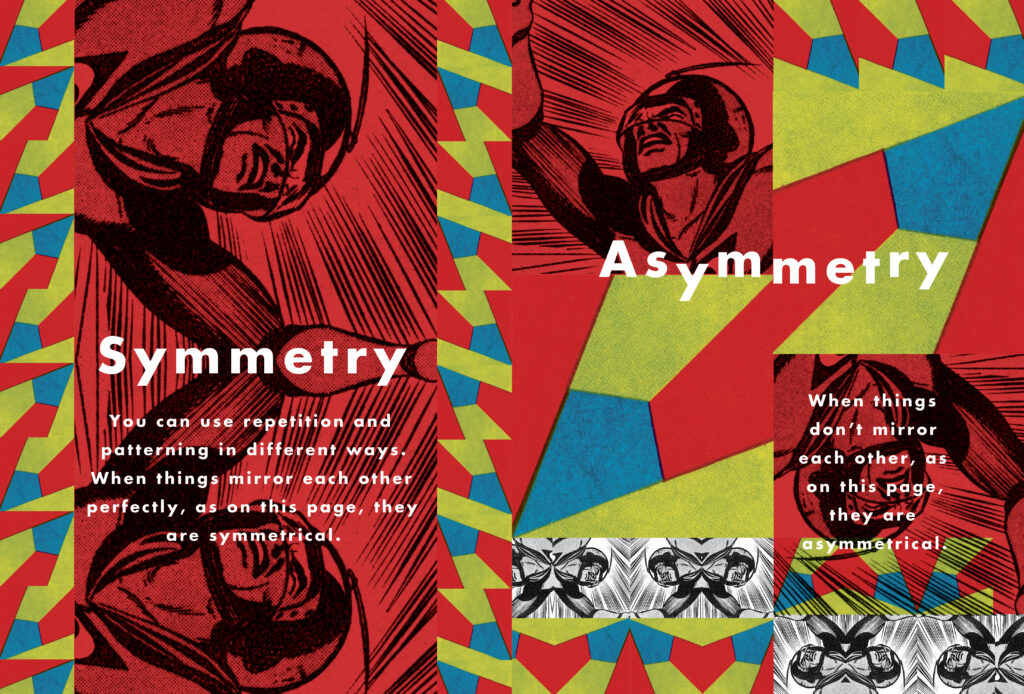
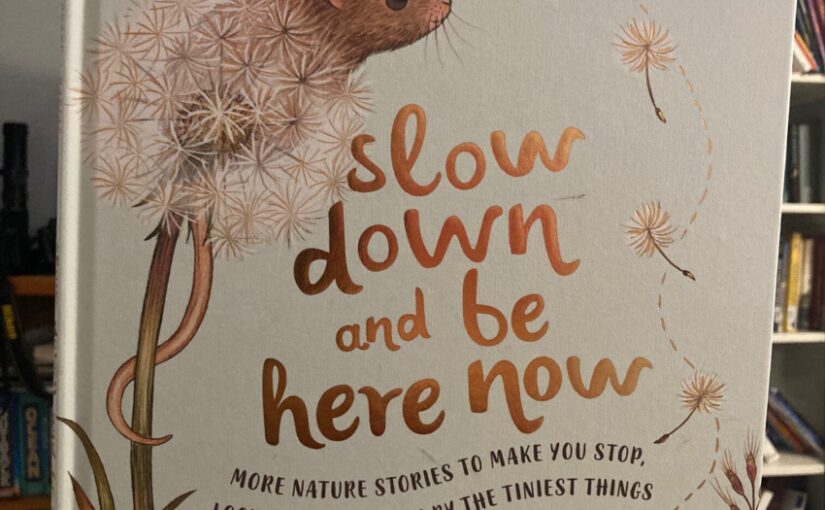
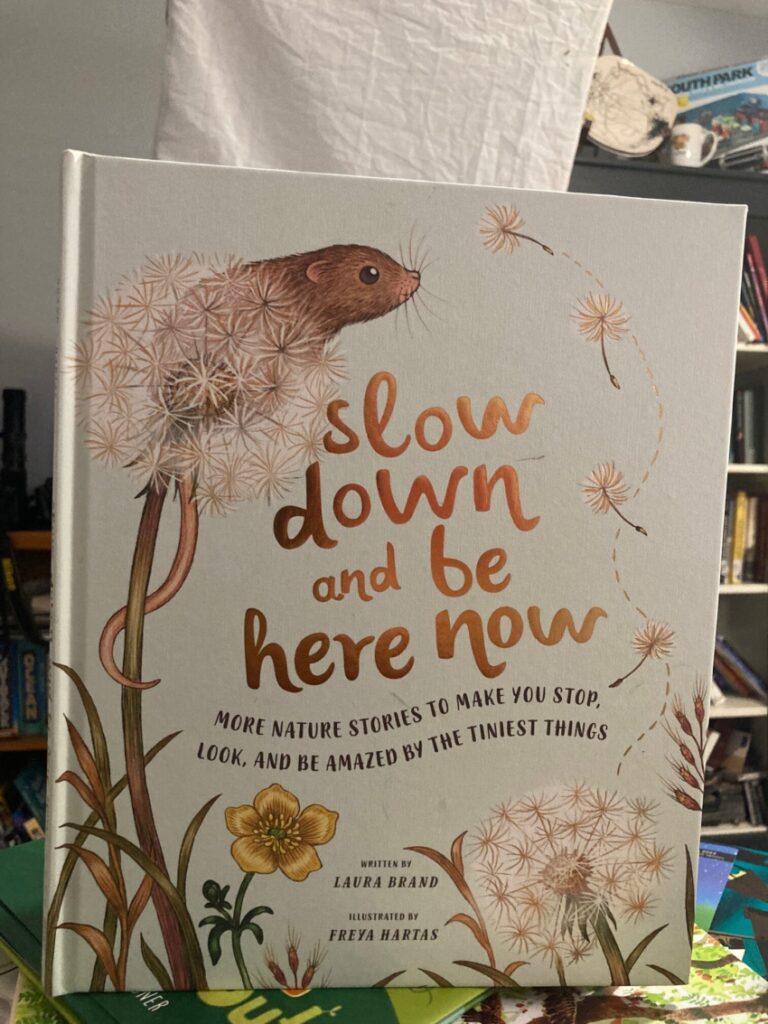

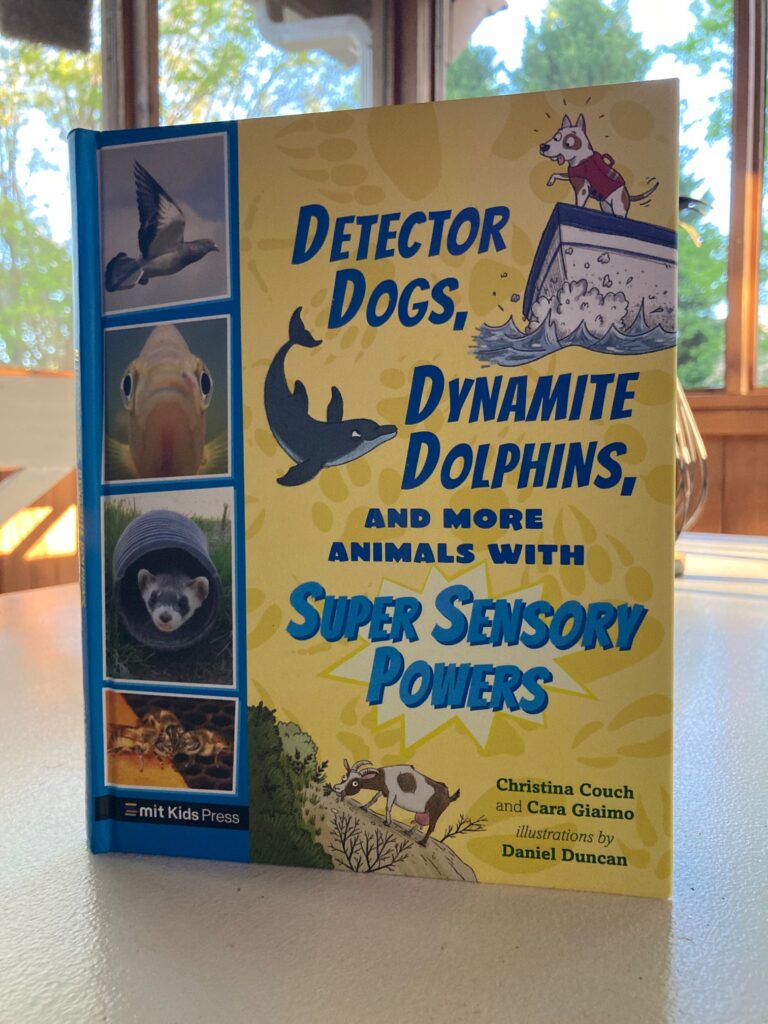
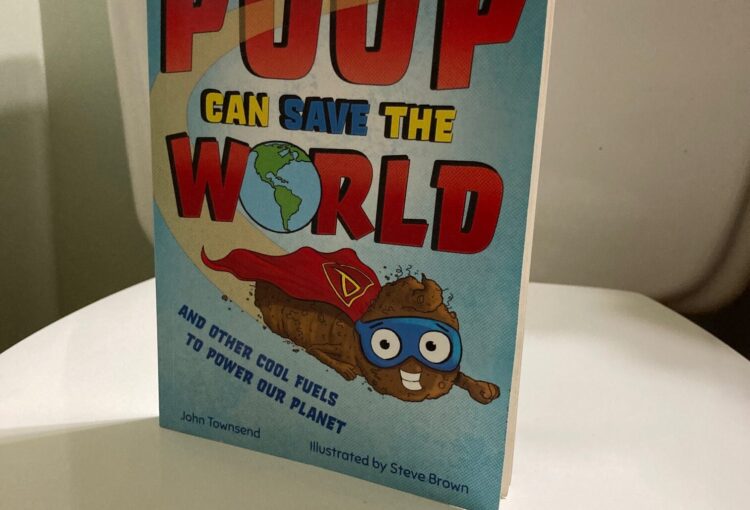
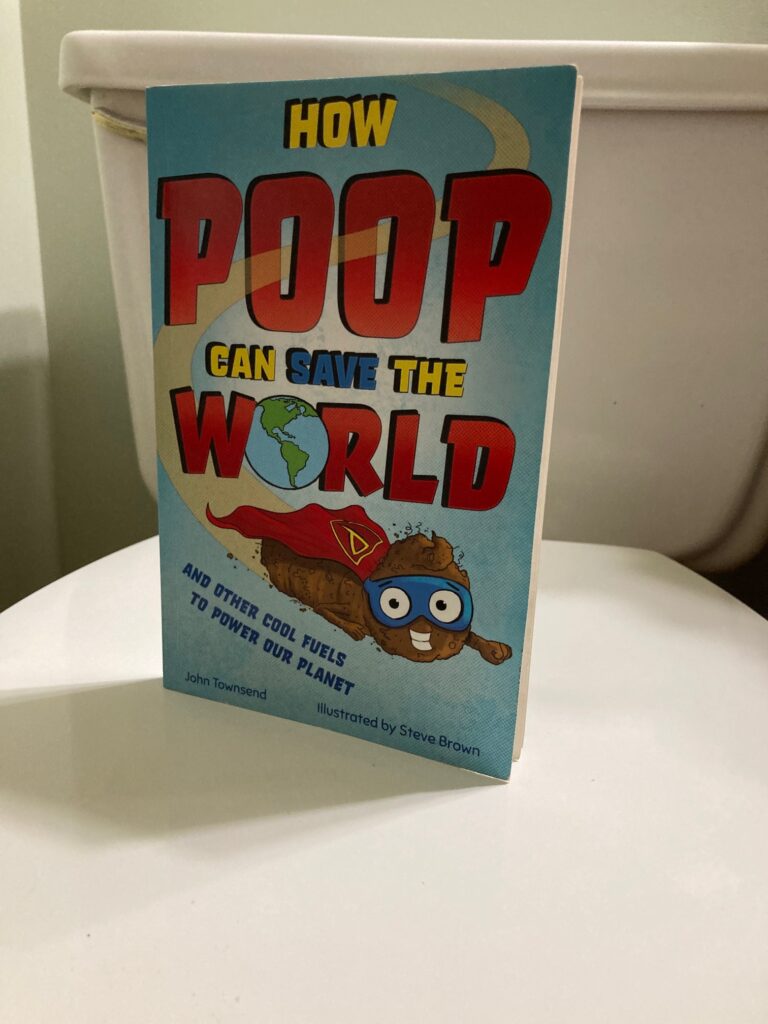

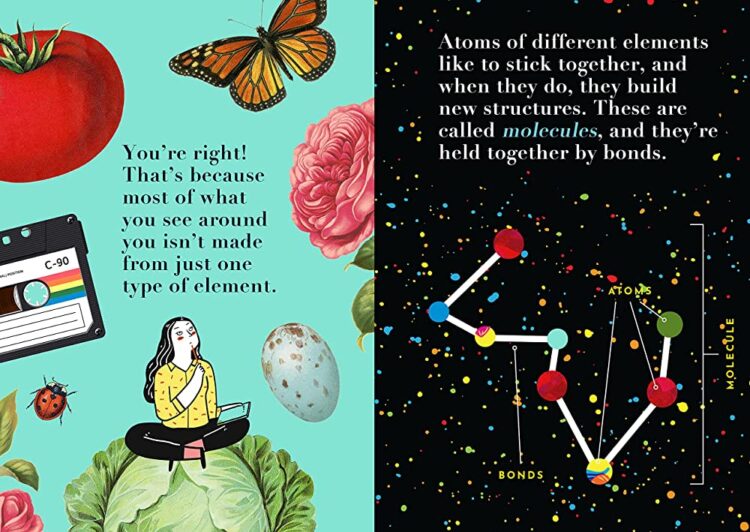
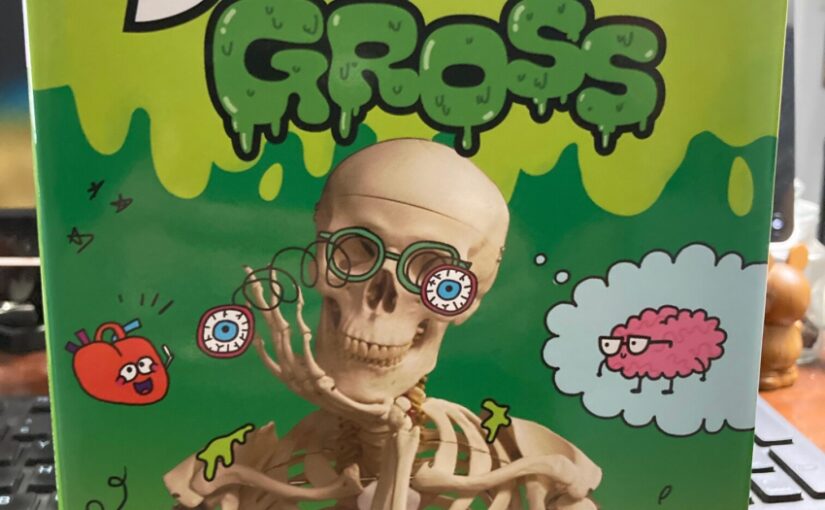
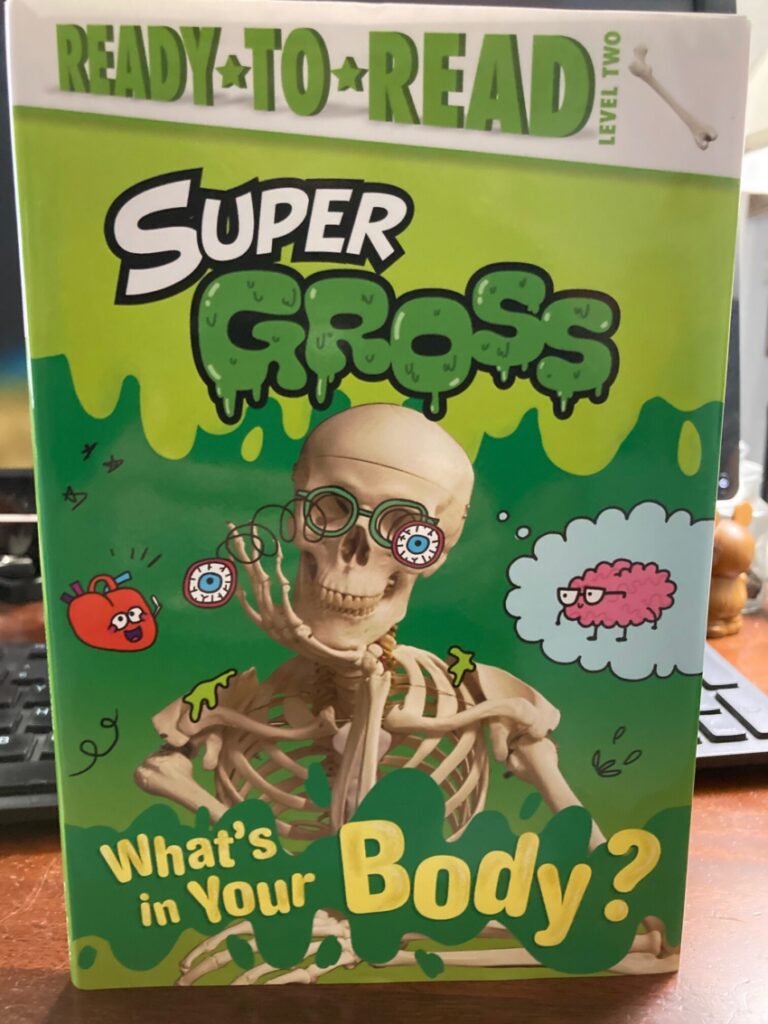


 Facebook
Facebook Twitter
Twitter Flickr
Flickr GooglePlus
GooglePlus Youtube
Youtube